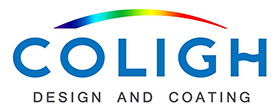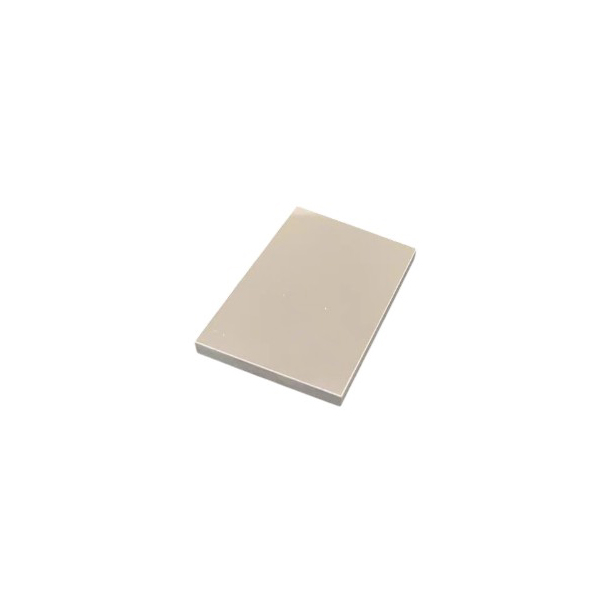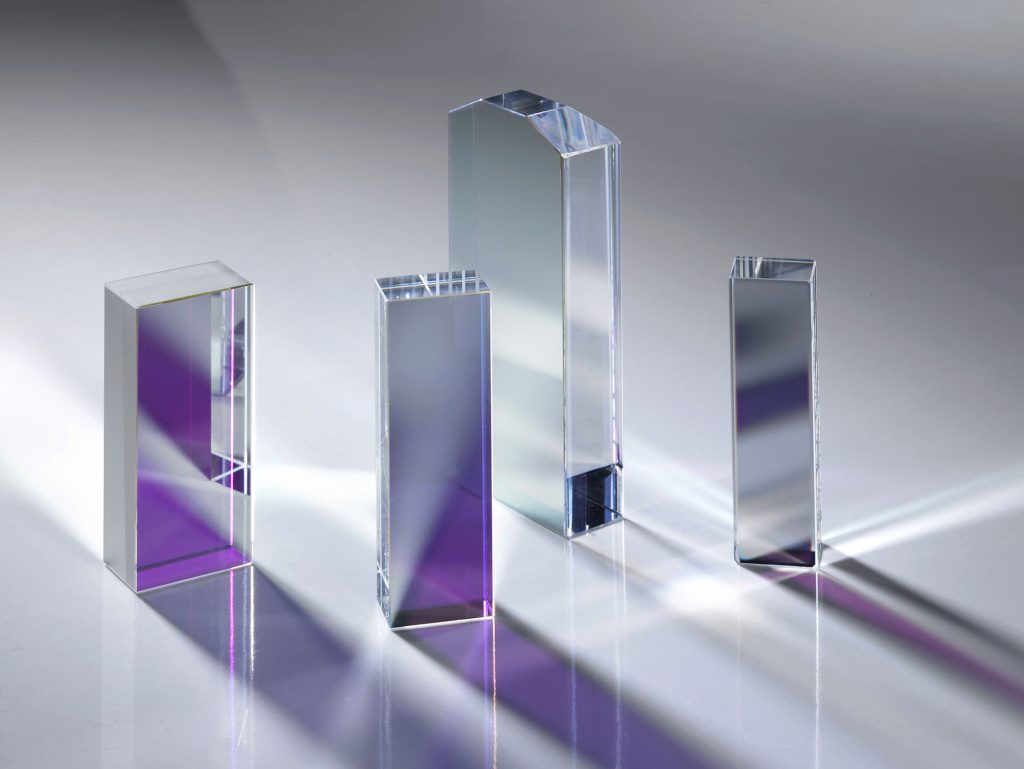Aluminum Reflective Flat Mirror
FAQs
An aluminum mirror is a reflective mirror with an aluminum thin film coated on the surface of an optical substrate such as glass, quartz, or metal. Its key feature is high reflectivity across the ultraviolet to near-infrared range (200–2000 nm), typically around 85%–92%.
Aluminum mirrors provide good reflectivity across the UV–VIS–NIR range (200–2000 nm), are durable, and are more resistant to tarnishing.
Silver mirrors offer the highest reflectivity in the visible and NIR range (400–2000 nm), but are more prone to oxidation and require protective coatings.
Aluminum mirror coating is a thin layer of aluminum deposited on the substrate surface using vacuum evaporation or magnetron sputtering techniques. The coating is typically 50–100 nm thick and covered with a protective layer such as SiO₂ or MgF₂.
- Aluminum mirror: Coating on the front surface, light is reflected directly from the coating, avoiding ghosting. Suitable for UV to NIR applications.
- Standard glass mirror: Coating on the back surface, light passes through the glass and is reflected, which may cause ghosting. Mainly suitable for visible light.
-
Reflective elements in optical instruments such as telescopes and microscopes
-
Reflective components in spectrometers and spectrophotometers
-
Laser systems: used as mirrors in laser resonators (e.g., UV lasers)
-
Automotive and industrial: headlamp reflectors, solar concentrators
-
Aerospace: radiation-resistant mirrors in satellite optical systems
-
Scientific research: reflection and focusing of short-wavelength UV light (<300 nm)


